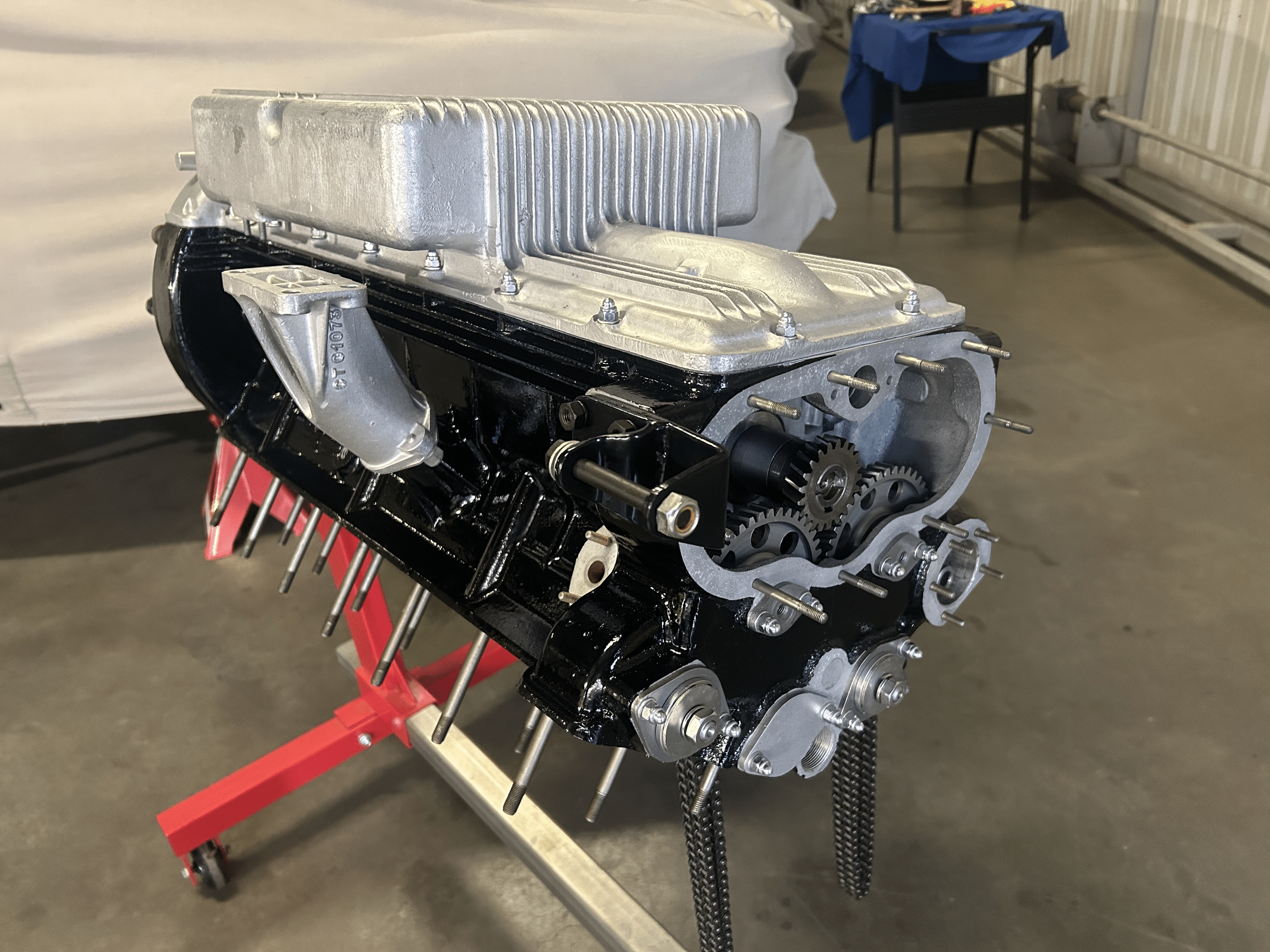The Magic Behind the Flat six engine in Porsche Cars and How to Keep it Running for Years!
When it comes to performance cars, Porsche is a name that has made a significant impact in the automobile industry. They have been catering to car enthusiasts for more than 80 years with their incredible engineering, design, and performance. However, the magic behind their iconic smooth-running engines has always been a mystery. In today's post, we'll be diving deep into the intricacies of the flat six engine, commonly found in Porsche cars, and how to maintain it so that it always runs like it should.
Flat six engines are unique in the automobile industry, with their design featuring six horizontally opposed cylinders arranged in two rows. The engines are known for their compact size and optimal balance. It's the perfect engine for sports cars as it allows for a lower center of gravity, superior handling, and balanced weight distribution. The idea of creating small engines that can generate enough power to propel a sports car was to make them faster and improve performance. This is where Porsche excels in their engineering, taking their engine design to the next level.
Flat six engines generate a lot of horsepower, which results in a lot of heat. To manage this heat, Porsche's engine design utilizes an air-cooled system. This means that the engine's cylinder heads and cylinders have fins on them that allow air to flow through to cool them. This feature also makes the engine light and easy to maintain. However, it's essential to keep the system free of debris to allow for proper airflow. Overheating and other damage can occur if the system is obstructed.
Maintaining your Porsche's flat six engine is crucial to ensure it runs like a brand-new car even after years of use. One important factor is making sure the engine oil is changed regularly. Engine oil lubricates all the moving parts of the engine and prevents wear and tear. It also helps keep the engine clean by removing dirt and impurities. Porsche recommends oil changes every 10,000 miles or every year, whichever comes first. This will ensure that the engine runs smoothly and lasts longer. Though new Porsche engines may be more demanding, they have a longer interval time for an oil change.
The air-cooled system with fins provides efficient cooling to the flat six engine. However, over time, these fins may corrode or rust, which can lead to overheating. Keeping the fins clean and rust-free is essential. You can do this by washing them regularly with water or using a soft brush to remove debris. Also, when driving, ensure the cooling air comes into the engine's fins and that there's a clear path for air to pass through.
Keeping up with the routine checkup of your Porsche's flat six engine is important, and it should include changing air filters, spark plugs, and fan belts. These parts are prone to wear and tear over time and should be replaced regularly. Clogged or dirty air filters can reduce the airflow to the engine, which affects performance, fuel efficiency, and acceleration. Replacing them regularly will keep the engine running smoothly.
Similarly, Spark plugs are essential for proper engine ignition and should be replaced every 25,000 to 30,000 miles. Fan belts in the engine are also essential to maintain, and they should not be too tight or too loose. They should be appropriately tensioned to avoid failure.
There you have it, folks, the intricate details of the flat six engine commonly found in Porsche sports cars and how to maintain them. Remember, maintaining your Porsche's engine is all about keeping up with the routine checkups and ensuring all the parts are working optimally. It is also important to take your vehicle to a qualified mechanic for maintenance to avoid damaging the engine. Regular maintenance can help prolong the car's life, enhance performance, and improve your overall driving experience.

